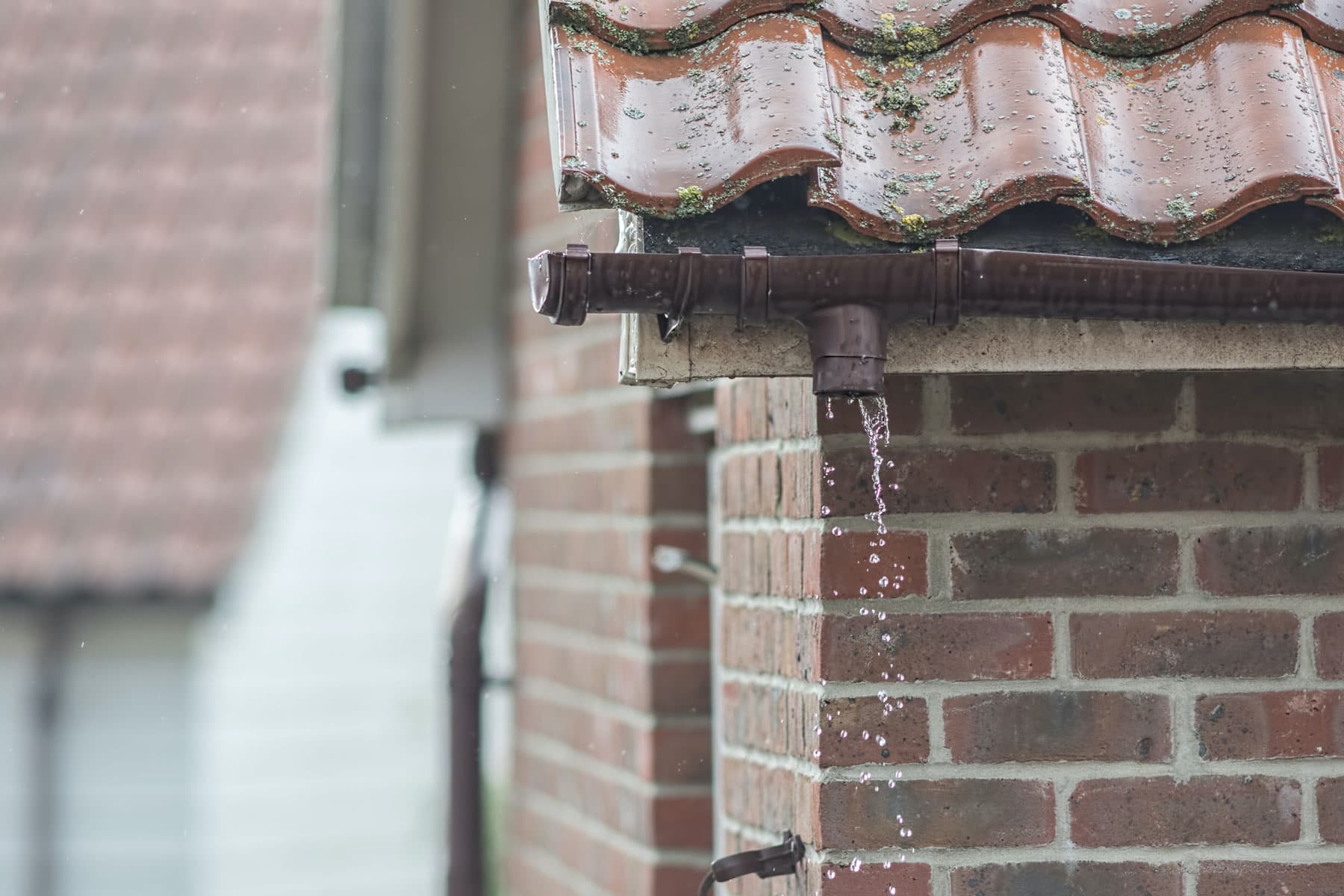Evidence of damp in a property is one of the biggest concerns for potential buyers, with a recent survey indicating that 75% of people reported they would be put off buying a home that displayed signs of damp.
If you are buying or selling a home then it makes sense to arm yourself with the facts when it comes to identifying different forms of damp, how serious they are, and how to resolve them. Today’s blog will take a look at these issues and try to provide you with some guidelines to help make the decision making process that little bit easier.
Combat Creeping Condensation Concerns
Condensation is simultaneously the most common cause of damp problems and the most misunderstood. Perhaps because we notice the effects of condensation on our windows, mirrors and bathroom tiles so often, there is a tendency to disregard the harmful effects that condensation can create such as blotchy damp marks appearing on walls, black mould infestations, and in severe cases, outbreaks of wet rot.
Thankfully though, condensation problems rarely require professional assistance and can usually be resolved by slight alterations to our daily routine in order to increase ventilation through the property and reduce the amount of damp air we create. If you notice a condensation issue in your home, then before putting it on the market you should look to freshen up the home and rid it of any condensation stains by following our advice:
Ventilation is key: Although it may be uninviting with sharp winter winds blowing outside, opening windows, even just for a brief 15 minute period in the morning will allow the moisture that has built up overnight to escape the building and disperse safely outside.
Set a constant temperature in the home: Condensation is formed when damp air meets a cool surface, so setting your thermostat to a constant temperature helps to prevent troublesome ‘cold spots’ attracting condensation.
Make use of extractor fans and dehumidifiers: Especially in rooms where we release a lot of damp air into the home, such as bathrooms and kitchens. These gadgets are extremely helpful in removing damp air we create through showering and cooking.
Dry Clothes Outside: We understand this isn’t always possible, however drying indoors means all the water held by your soaking clothes is released into the home, so if it’s essential that you dry your clothes indoors, ensure that it is in a closed room with an open window.
If you have taken the above precautions but still find that your condensation problems persist then we would advise that you consider installing a ventilation unit into the property to efficiently ‘flush out’ the damp air and return rooms to their natural dry state to avoid potential buyers being put off by excessive condensation in the home.
Resolving Rising Damp
Usually identified by the tell-tale ‘tide-mark’ damp stains that can rise up to one meter in height, rising damp occurs when the buildings original damp proof course fails due to age or deterioration – allowing ground water to raise up through the capillaries in bricks and mortar and directly into your home. Naturally, rising damp is a huge red flag to both homeowners and buyers alike and indicates that treatment is required with a degree of urgency
The most common mistake people make with rising damp is misdiagnosis. Without the required training and qualifications it can be easy to mistake the signs of condensation or penetrating damp as rising damp – resulting in fairly costly repairs that ultimately won’t solve the problem.
If you are interested in buying or selling a home that has a suspected rising damp issue then we recommend that you should discuss the matter with a qualified damp proofing specialist who will be able to correctly diagnose the problem, and if required then they will have the capabilities to install a remedial damp proof course to solve the problem.
Problematic Penetrating Damp
Seemingly small property defects such as gaps around windows, leaking roofs, gutters and downpipes can all result in rain water entering the building, and unless these faults are addressed the damp problem will only develop over time.
Whilst this can occur at any time of year, winter brings with it a whole host of specific problems that you must be vigilant against. A blanket of thick and heavy snow that sits on rooftops for any length of time can cause structural damage, while melting snow can make its way through brickwork and freeze again, potentially leading to cracks appearing on the face of brick walls.
Thankfully, identifying penetrating damp is usually quite straight forward. Note where the damp stains are developing on your wall or ceiling and then check the corresponding spot on the external side of the property to see if you can pinpoint the fault. You may be able to apply a simple DIY fix to address the problem, however for more severe problems we would advise that you should consult with a trained damp proofing specialist to determine if the damp has led to associated problems like wet rot or dry rot.
Do you require professional damp treatment?
We hope that the above has given you some help with identifying and resolving your damp problems. However, if you feel that you need assistance from a professional damp surveyor before selling your home, or if you have recently purchased a property only to find an underlying damp problem, then we would stress the importance of seeking the services of a Property Care Association qualified damp proofing specialist.
This would ensure that their experience and expertise has been approved and ratified by the industry trade body and that they will be capable of offering meaningful long term guarantees should any remedial treatment be required.
Guest blog supplied by Paul Lawless of property preservation experts Peter Cox

